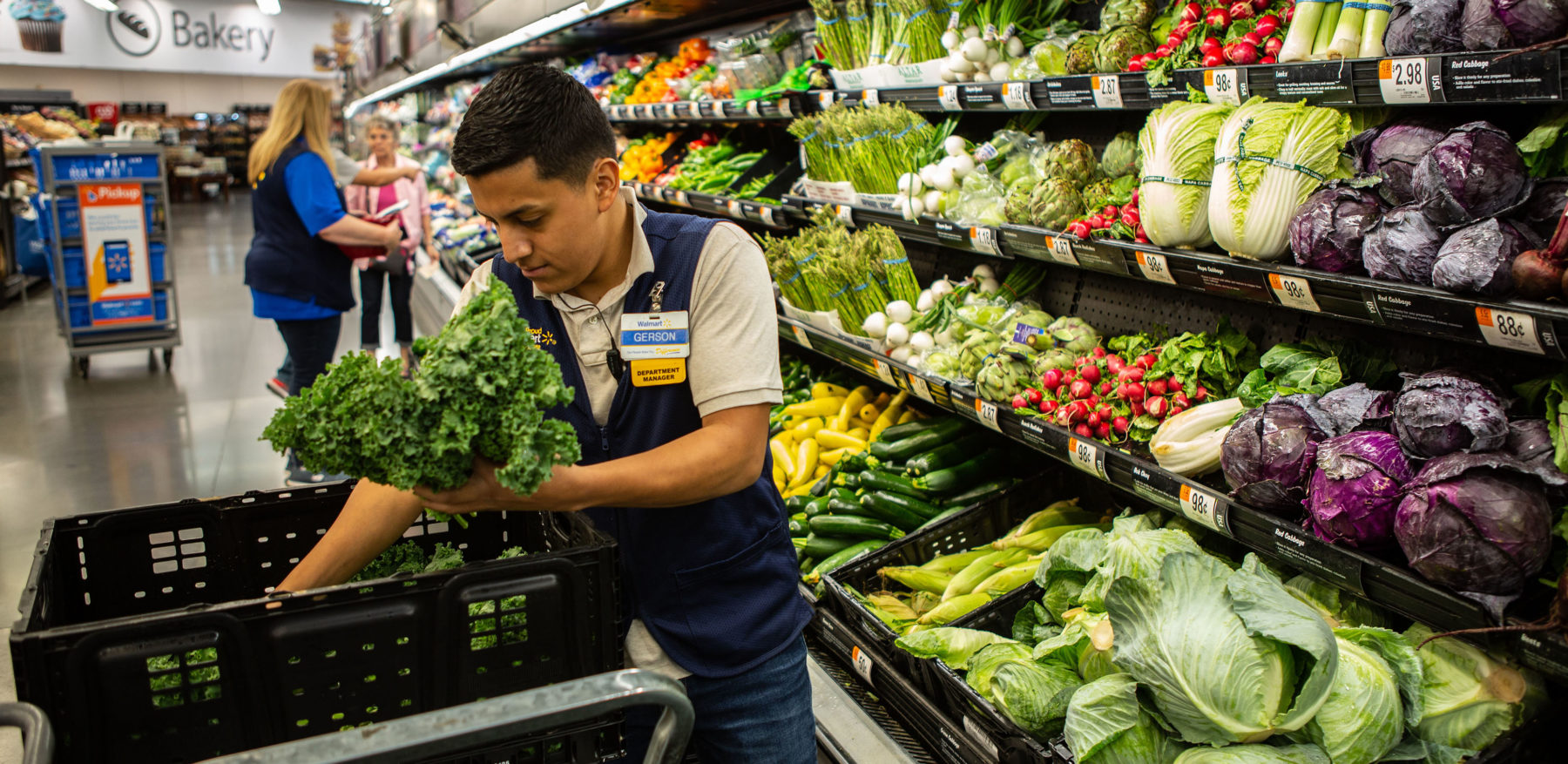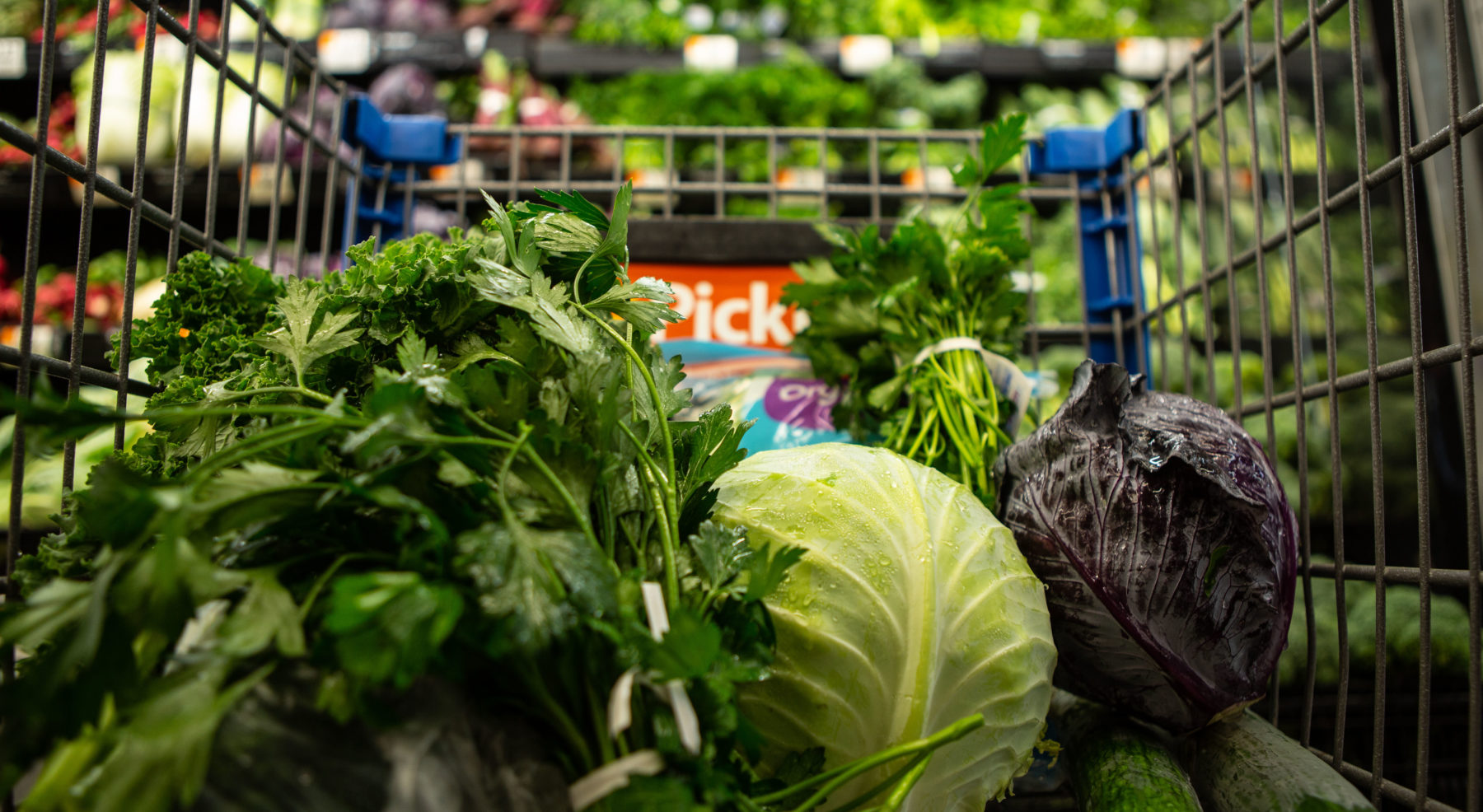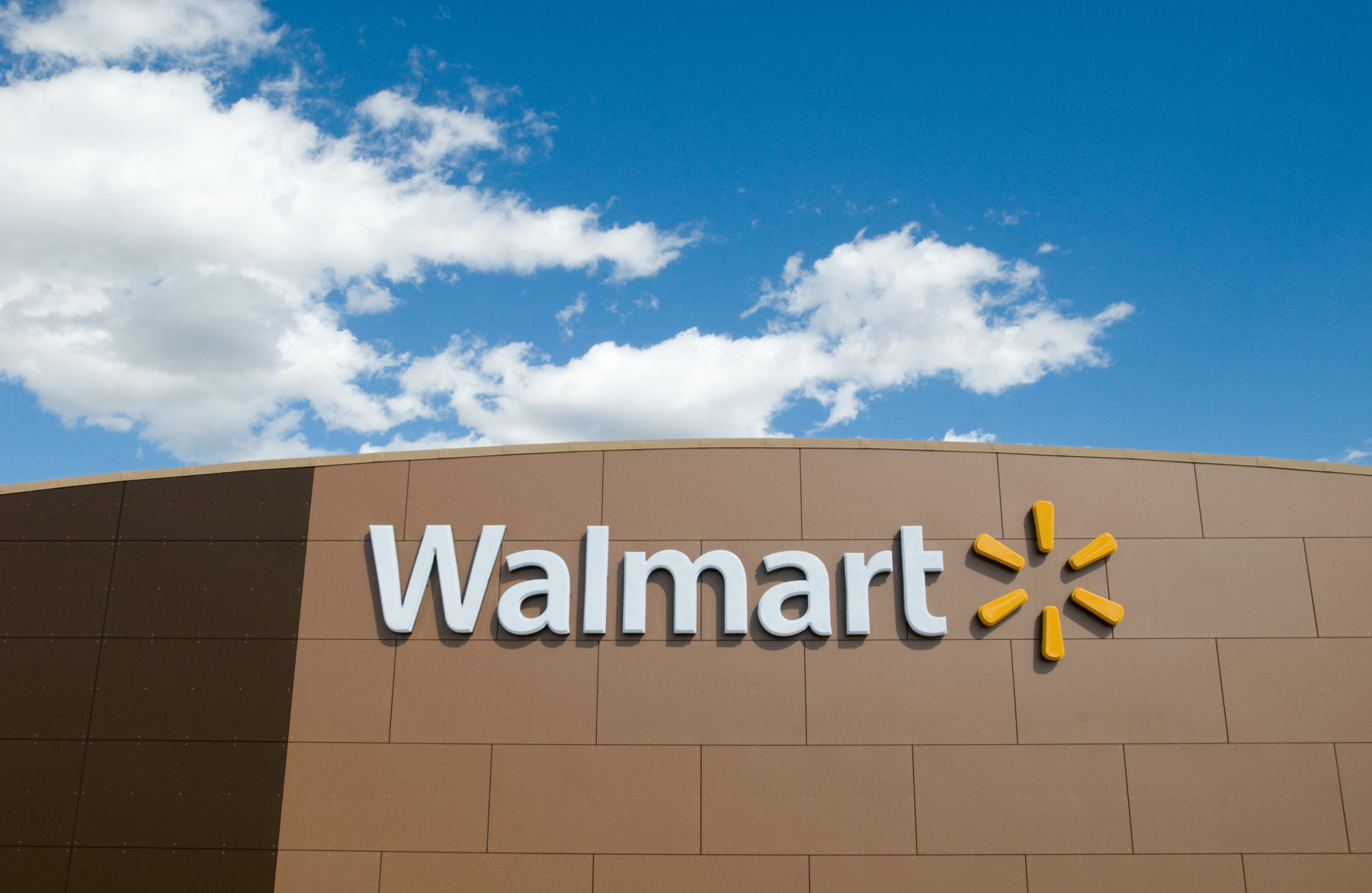How Walmart brought unprecedented transparency to the food supply chain with Hyperledger Fabric
Challenge
When an outbreak of a food-borne disease happens, it can take days, if not weeks, to find its source. Better traceability could help save lives by allowing companies to act faster and protect the livelihoods of farmers by only discarding produce from the affected farms.
Approach
Walmart thought that blockchain technology might be a good fit for the decentralized food supply ecosystem. To test this hypothesis, the company created a food traceability system based on Hyperledger Fabric. Walmart, together with its technology partner IBM, ran two proof of concept projects to test the system. One project was about tracing mangos sold in Walmart’s US stores and the other aimed to trace pork sold in its China stores.
The Hyperledger Fabric blockchain-based food traceability system built for the two products worked. For pork in China, it allowed uploading certificates of authenticity to the blockchain, bringing more trust to a system where that used to be a serious issue. And for mangoes in the US, the time needed to trace their provenance went from 7 days to… 2.2 seconds!
Results
Walmart can now trace the origin of over 25 products from 5 different suppliers using a system powered by Hyperledger Fabric. The company plans to roll out the system to more products and categories in the near future. In fact, it has recently announced that it will start requiring all of its suppliers of fresh leafy greens (like salad and spinach) to trace their products using the system.

Tracking food for better safety
We rarely think about it, but the modern food system is a marvel. We have access to fresh produce all year round, buy exotic food from all around the world, and have more variety than our ancestors could ever dream of.
Our food is generally safe to eat. Still, occasionally it can make us sick. Last year in 2018 there were at least 18 reported outbreaks of foodborne illnesses in the USA, including the E. coli found in romaine lettuce.
“People talk about the food supply chain,” says Frank Yiannas, former Vice President of Food Safety at Walmart. “But it is not actually a chain, it’s a complex network.” When an outbreak of a food-borne disease does happen, it can take days, if not weeks, to find its source. If investigators cannot point to a specific farm or farms, the government usually advises consumers to avoid products grown in a certain area (as happened with romaine lettuce from Yuma, Arizona), or even to avoid the type of product altogether. According to Walmart, millions of bags or heads of lettuce had to be removed, and consumers lost confidence in romaine lettuce altogether. Better traceability could help save lives by allowing companies to act faster and protect the livelihoods of farmers by only discarding produce from the affected farms.
For this reason, Walmart has always been interested in enhancing transparency and traceability in the food system. Mr. Yiannas explains that the company has tried many systems and approaches to solving this problem over the years; none had brought them the kind of results they were after. When Yiannas first heard about blockchain and the idea of using it to trace food in the supply chain, he was skeptical.

From blockchain skeptic to believer
Karl Bedwell, Senior Director at Walmart Technology, explains, “Creating a (traceability) system for the entire food supply ecosystem has been a challenge for years, and no one had figured it out. We thought that blockchain technology might be a good fit for this problem, because of its focus on trust, immutability, and transparency.”
Bedwell and his team introduced Yiannas to the possibilities of blockchain technologies for enterprise solutions. Says Yiannas, “I really had an “aha” moment once I deeply understood the technology. I had been hesitant about creating yet another traceability system – the ones we had tried in the past never scaled. Now I understand that was because they were centralized databases. Blockchain, with its decentralized, shared ledger felt like it was made for the food system!”
With the business interest in blockchain technology confirmed, Walmart started working on two proof of concept (POC) projects with their technology partner IBM.

Choosing the blockchain
Walmart Technology considered several blockchain technologies but ultimately decided to go for Hyperledger Fabric.
“IBM brought Hyperledger Fabric to us. We looked into Ethereum, Burrow project and others. Ultimately, we decided to go with Hyperledger Fabric because it met most of our needs for a blockchain technology,” Bedwell said. “We felt that it best met our needs. It is an enterprise-grade blockchain technology, and it is permissioned.”
The team also found it important to work with an open-source, vendor-neutral blockchain. Since the food traceability system was meant to be used by many parties, including Walmart’s suppliers and even direct competitors, the technology ecosystem underlying it needed to be open.
Hyperledger Fabric is a blockchain framework implementation and one of the Hyperledger projects hosted by The Linux Foundation. Intended as a foundation for developing applications or solutions with a modular architecture, Hyperledger Fabric allows components, such as consensus and membership services, to be plug-and-play. Hyperledger Fabric leverages container technology to host smart contracts called “chaincode” that comprise the application logic of the system.
For mangoes in the US, the time needed to trace their provenance went from 7 days to… 2.2 seconds!

The POCs
In October 2016, Walmart, together with its technology partner IBM, announced the two projects: one was about tracing the origin of mangos sold in Walmart’s US stores and the other aimed to trace pork sold in its China stores.
For the mango POC, Yiannas started by creating a benchmark. He bought a packet of sliced mangoes at a nearby Walmart store and asked his team to identify which farm they had come from – as fast as possible. The team started calling and emailing distributors and suppliers, and eventually had an answer almost seven days later. This was not bad by industry standards, but Walmart wanted to do much better. So together with IBM, they got to work building a blockchain-based food traceability system.
The Walmart Technology team looked at their own processes as well as those of their suppliers to design the application. Archana Sristy, Director of Engineering at Walmart, explains, “[Our team at Walmart Technology] co-led the core design and setup of the application (with IBM), as well as built the integration with the enterprise systems. We worked with GS1 (the standards authority in barcodes and labeling) to define the data attributes for upload to the blockchain. IBM wrote the chaincode.
Suppliers used new labels and uploaded their data through a web-based interface.
The Hyperledger Fabric blockchain-based food traceability system built for the two products worked. For pork in China, it allowed uploading certificates of authenticity to the blockchain, bringing more trust to a system where that used to be a serious issue. And for mangoes in the US, the time needed to trace their provenance went from 7 days to… 2.2 seconds!

From POC to production, from Walmart to IBM Food Trust
Once Walmart saw that the system worked, they wanted to expand it – and not just within Walmart. Given the interconnected nature of the food system and the company’s negative experience with closed systems, Walmart wanted to make sure that this time, many players were involved. Says Yiannas, “(Walmart’s) CEO was reaching out to other food companies the next day, including other retailers!” Wal-Mart collaborated with IBM and others to set up IBM Food Trust, involving prominent players in the food industry, like Nestle and Unilever.
The Walmart team had a positive experience working with Hyperledger. “Every question that we had, it looked like the Hyperledger community had already been working on addressing that,” says Bedwell. For example, in building a truly open system, the Walmart team worried about interoperability with other blockchain-based traceability systems. And as if in answer to their concern, Hyperledger recently announced its collaboration with Ethereum. He adds, “It seems that the Hyperledger community is addressing everything that enterprises would be concerned about.”
Says Yiannas, “I really had an ‘aha’ moment once I deeply understood the technology. I had been hesitant about creating yet another traceability system – the ones we had tried in the past never scaled. Now I understand that was because they were centralized databases. Blockchain, with its decentralized, shared ledger felt like it was made for the food system!”
Tips from Frank Yiannas on implementing your blockchain project
1. Let the business lead the project, not the IT department.
2. Understand the business case deeply. Make sure that you know and can explain why blockchain is the right solution.
3. In a large organization, you need to bring a lot of people along. Think about all the different departments that will be affected by the projects. Meet with these stakeholders early on and explain what you are trying to do.
4. Have your soundbite! People don’t get inspired by technology, but by a vision. For us, it was the story of mangoes – 7 days vs. 2.2 seconds with blockchain.
5. Participate in forums that allow you to speak to other companies who have launched similar projects successfully.
It helps if you help an expert in the field who’s willing to come in and educate fellow members.
6. Start small, with a POC. And when you’ve run your pilots and are convinced about the business value, go ahead and scale. After all, Yiannas says, “Walmart is a pretty big lab! If it can scale at Walmart, it can scale anywhere!”

Looking forward
Walmart now traces over 25 products from 5 different suppliers using IBM Blockchain which is built atop Hyperledger Fabric. The products include produce such as mangoes, strawberries and leafy greens; meat and poultry such as chicken and pork; dairy such as yogurt and almond milk; and even multi-ingredient products such as packaged salads and baby foods.
Yiannas says of the impact, “This solution allows us to see the whole chain in seconds! We can take a jar of baby food and see where it was manufactured and trace back all the ingredients to the farms!”
Walmart plans to roll out the system to more products and categories in the near future in cooperation with IBM Food Trust.. In fact, the company recently announced that it will start requiring all of its suppliers of fresh leafy greens (like salad and spinach) to trace their products using the system.
“Using the IBM Food Trust network that relies on blockchain technology, we have shown that we can reduce the amount of time it takes to track a food item from a Walmart Store back to source in seconds, as compared to days or sometimes weeks,” Walmart wrote in a letter to suppliers.
Beyond tracing the products’ journey, the company might start tracing other data, like sustainability.

About Walmart
Walmart Inc. (NYSE: WMT) helps people around the world save money and live better – anytime and anywhere – in retail stores, online, and through their mobile devices. Each week, nearly 265 million customers and members visit our more than 11,200 stores under 55 banners in 27 countries and eCommerce websites. With fiscal year 2018 revenue of $500.3 billion, Walmart employs over 2.2 million associates worldwide. Walmart continues to be a leader in sustainability, corporate philanthropy and employment opportunity. Additional information about Walmart can be found by visitinghttp://corporate.walmart.com.
About Hyperledger
Hyperledger is an open source collaborative effort created to advance cross-industry blockchain technologies. It is a global collaboration including leaders in banking, finance, Internet of Things, manufacturing, supply chain, and technology. The Linux Foundation hosts Hyperledger under the foundation. To learn more, visit hyperledger.org
